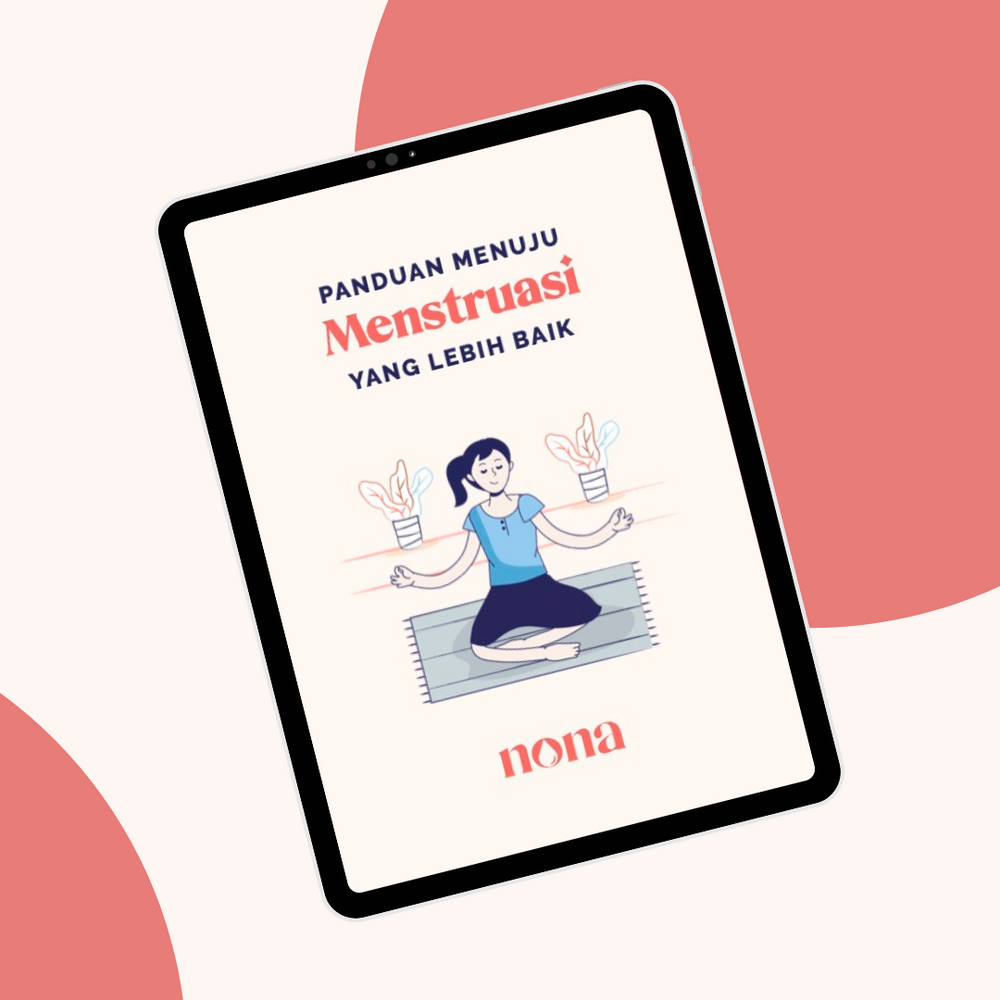Childbirth is a transformative and joyous experience, but it can also bring physical challenges, including vaginal tearing. Vaginal tearing refers to the lacerations or injuries that occur in the vaginal tissues during the birthing process. While it is a common occurrence, it can cause discomfort and require medical attention. In this article, we will explore the causes of vaginal tearing, strategies for prevention, and the available treatments.
Causes of Vaginal Tearing
1. Baby's Size and Position: The size of the baby and the position in which they descend through the birth canal can contribute to vaginal tearing. A larger baby or an unfavorable position, such as a breech presentation, may increase the likelihood of tearing.
2. Rapid or Forceful Delivery: When the baby is delivered too quickly or with excessive force, the vaginal tissues may not have enough time to stretch and accommodate the baby's passage, leading to tearing.
3. Use of Assisted Delivery Techniques: The use of tools such as forceps or vacuum extraction during childbirth can increase the risk of vaginal tearing. These tools are sometimes necessary to assist with delivery but should be used with caution.
Prevention of Vaginal Tearing
1. Perineal Massage: Perineal massage during pregnancy can help prepare the vaginal tissues for stretching during childbirth. This technique involves gently massaging and stretching the perineal area between the vagina and anus.
2. Slow and Controlled Pushing: Taking the time to push slowly and listen to your body's cues can reduce the risk of tearing. Letting the tissues gradually stretch and working with your healthcare provider's guidance can help prevent unnecessary tearing.
3. Warm Compresses: Applying warm compresses to the perineal area during the pushing stage can promote blood flow and increase the flexibility of the tissues, reducing the risk of tearing.
Vaginal tearing is a common occurrence during childbirth, but there are steps that can be taken to reduce the risk and promote healing. By understanding the causes of vaginal tearing and implementing preventive measures such as perineal massage, controlled pushing, and warm compresses, individuals can minimize the likelihood of experiencing severe tears. In cases where tearing does occur, prompt medical attention and proper care can facilitate the healing process. It is essential for expectant parents to have open discussions with their healthcare providers about vaginal tearing and to feel empowered to make informed decisions regarding their childbirth experience.
References:
- American College of Obstetricians and Gynecologists. (2020). ACOG Practice Bulletin No. 209: Obstetric Analgesia and Anesthesia. Obstetrics and Gynecology, 135(4), e111-e133.
- Albers, L. L., et al. (2008). Midwifery care measures in the second stage of labor and reduction of genital tract trauma at birth: A randomized trial. Journal of Midwifery & Women's Health, 53(6), 6.



Leave a comment